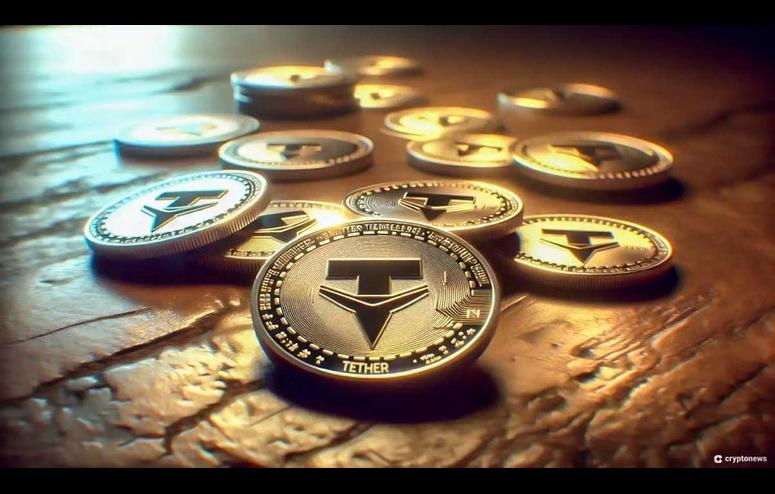Tether Scraps Plans to Launch its Own Blockchain for USDT

Tether Scraps Plans to Launch its Own Blockchain for USDT
The decision is driven by a saturated market and the principles of supply and demand.
Author Ruholamin Haqshanas Author Ruholamin Haqshanas About Author Ruholamin Haqshanas is a contributing crypto writer for CryptoNews. He is a crypto and finance journalist with over four years of experience. Ruholamin has been featured in several high-profile crypto... Author Profile Share Copied Last updated: August 22, 2024 22:56 EDT
Why Trust Cryptonews With over a decade of crypto coverage, Cryptonews delivers authoritative insights you can rely on. Our veteran team of journalists and analysts combines in-depth market knowledge with hands-on testing of blockchain technologies. We maintain strict editorial standards , ensuring factual accuracy and impartial reporting on both established cryptocurrencies and emerging projects. Our longstanding presence in the industry and commitment to quality journalism make Cryptonews a trusted source in the dynamic world of digital assets. Read more about Cryptonews
Tether Holdings, the issuer of the world’s largest stablecoin USDT, has decided to scrap plans to launch its own blockchain.
The decision is driven by a saturated market and the principles of supply and demand, Paolo Ardoino, chief executive officer at Tether, said in an interview with Bloomberg News.
Ardoino explained that despite Tether’s strong technological capabilities, the market is already crowded with blockchains.
“We are very good in technology, but I think blockchains will become almost a commodity in the future,” Ardoino stated.
There Are Already Well-Established Blockchains
Ardoino further noted that launching a blockchain might not be the right move for Tether, especially when there are already several well-established and effective blockchains available.
With a market cap of $117 billion, USDT plays a crucial role in global crypto trading and remittances.
Given Tether’s vast resources, launching its own blockchain could have been a feasible endeavor.
According to Bloomberg, Tether Holdings, the issuer of the stablecoin USDT, recently said that the company has abandoned plans to launch its own blockchain. As long as the highest level of security and sustainability can be ensured, it does not mind which blockchain USDT is… — Wu Blockchain (@WuBlockchain) August 23, 2024
However, the decision to refrain from doing so is supported by market data that highlights the dominance of a few major blockchains.
According to DefiLlama, out of 306 existing chains, the top five control approximately 86% of the total value of assets locked.
Ethereum, the leading blockchain, boasts a total value locked (TVL) of $87.7 billion out of the $133.2 billion across all chains.
The success of a blockchain hinges on factors like speed, low fees, use cases, and robust security.
Ethereum’s dominance can be attributed to its first-mover advantage, flexibility for developers to build smart contracts, and its status as the home to the second-most liquid token, despite its relatively high fees.
The blockchain ecosystem has evolved into a multichain environment, with developers and issuers spreading their activities across various platforms.
For Tether, the focus remains on maintaining the highest level of security and sustainability for USDT, regardless of the blockchain it trades on.
“For us, blockchains are just transport layers,” Ardoino said.
Concerns Around Tether Reserves
Despite Tether’s success, concerns about the quality of assets backing USDT have lingered in the crypto space.
A recent United Nations report highlighted Tron’s popularity among cyber fraud and money laundering activities in Southeast Asia.
Tether has refuted these claims, emphasizing its collaboration with law enforcement and the traceability of its token.
Earlier this year, Tether partnered with digital assets infrastructure provider Fuze to enhance education and awareness surrounding digital assets in Turkey and the Middle East.
Per the announcement, the two companies aim to address various aspects of education within the digital asset realm, including cross-border payment solutions, compliance, regulatory framework development, and education for local financial institutions.
In July, the company also introduced a new payment option for the Philippines people, allowing them to pay their social security system (SSS) contributions using its stablecoin, USDT.
The SSS is a state-run social insurance program that provides support to employees in both the formal and informal sectors.
